Dogs with floppy ears are some of the most adorable and lovable pets you can have. These furry friends come in all shapes and sizes, from small lap dogs to large working breeds. Their floppy ears give them a unique, endearing look that is hard to resist. Whether you’re looking for a loyal companion or a playful family pet, there’s a dog with floppy ears out there for you. So, get ready to fall in love with these furry friends! In this list, we’ll introduce you to 18 of the most popular breeds with floppy ears that are sure to steal your heart.
1. Basset Hound

This breed originated in France and was bred for hunting small game. They have a laid-back personality and are known for their loyalty and affection towards their owners. Their life span is typically 10-12 years.
2. Bloodhound
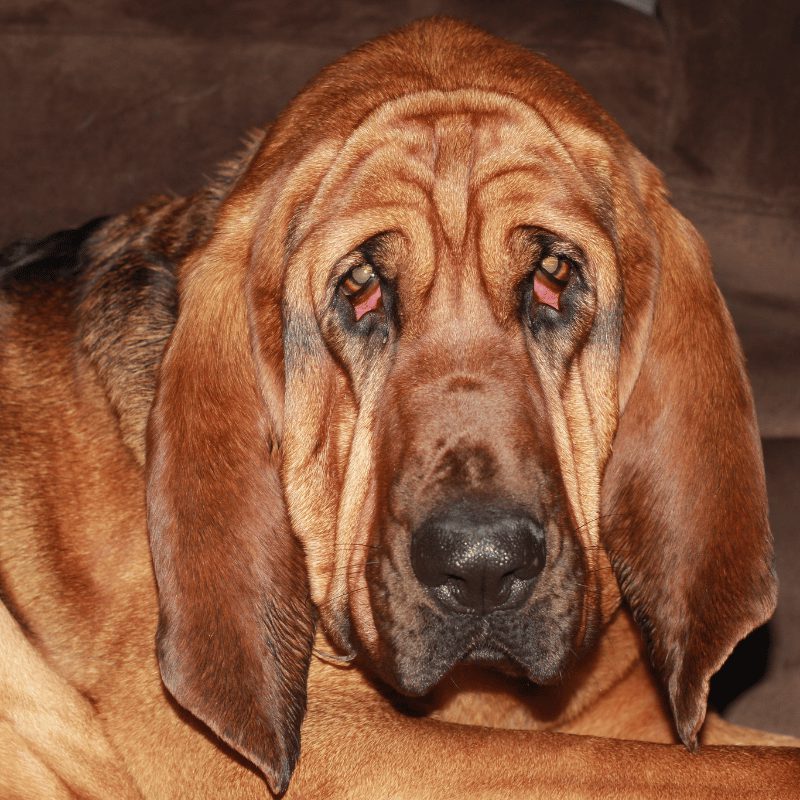
Bloodhounds are known for their gentle nature and can live up to 12 years. They have a strong sense of smell and are often used in law enforcement to track scents. Originally from Belgium, this breed was also bred for hunting.
3. Cocker Spaniel
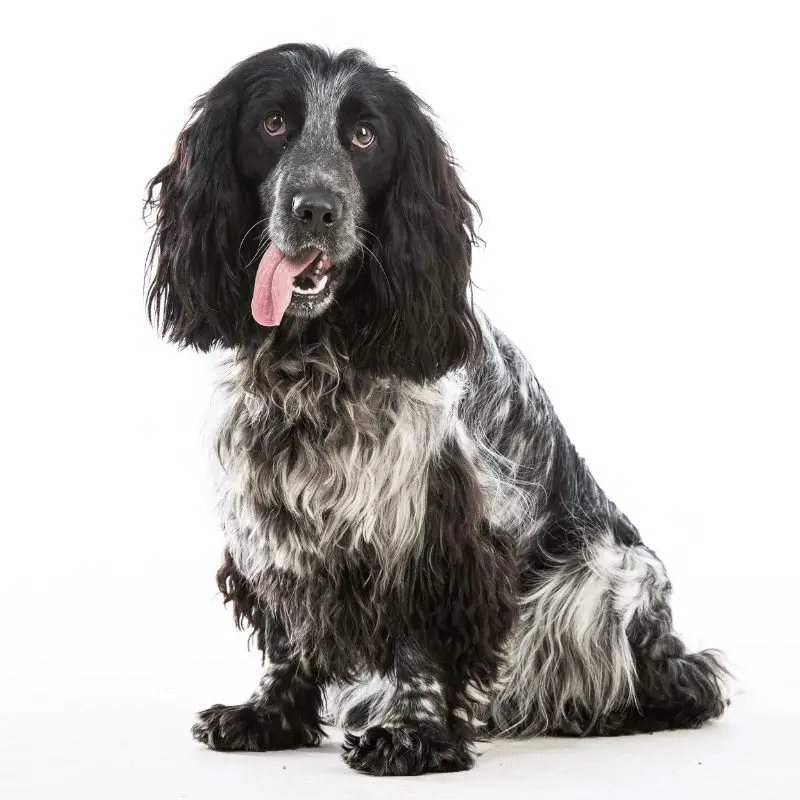
This breed originated in Spain and was used for hunting birds. They are known for their friendly and outgoing personalities and make great family pets. Cocker Spaniels can live up to 14 years.
4. English Springer Spaniel
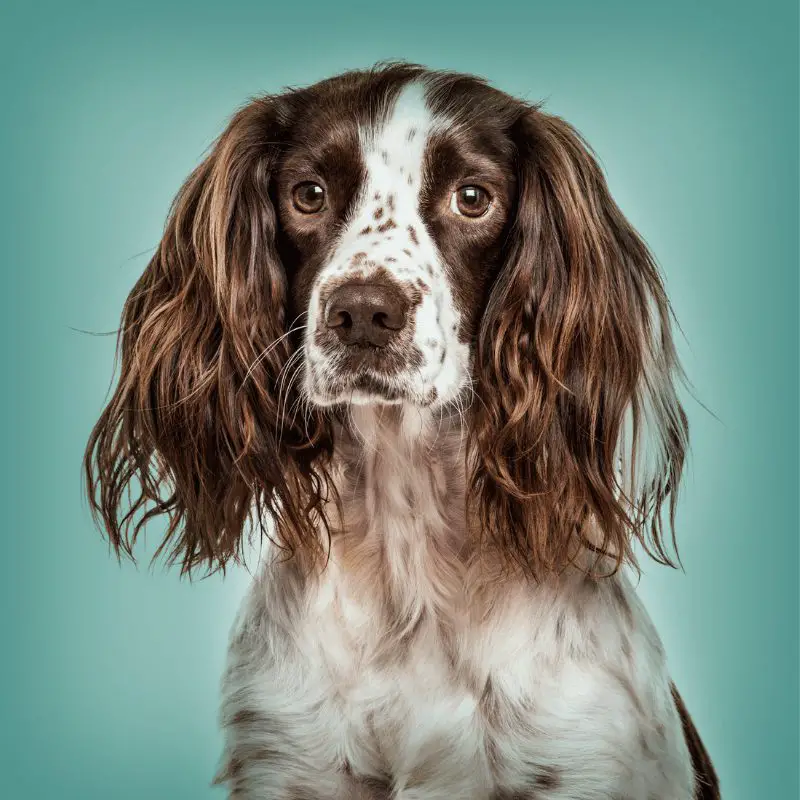
They are known for their intelligence and trainability, making them great working dogs and family pets. This breed was also used for hunting birds, springing them from the brush. English Springer Spaniels can live up to 14 years.
5. Cavalier King Charles Spaniel
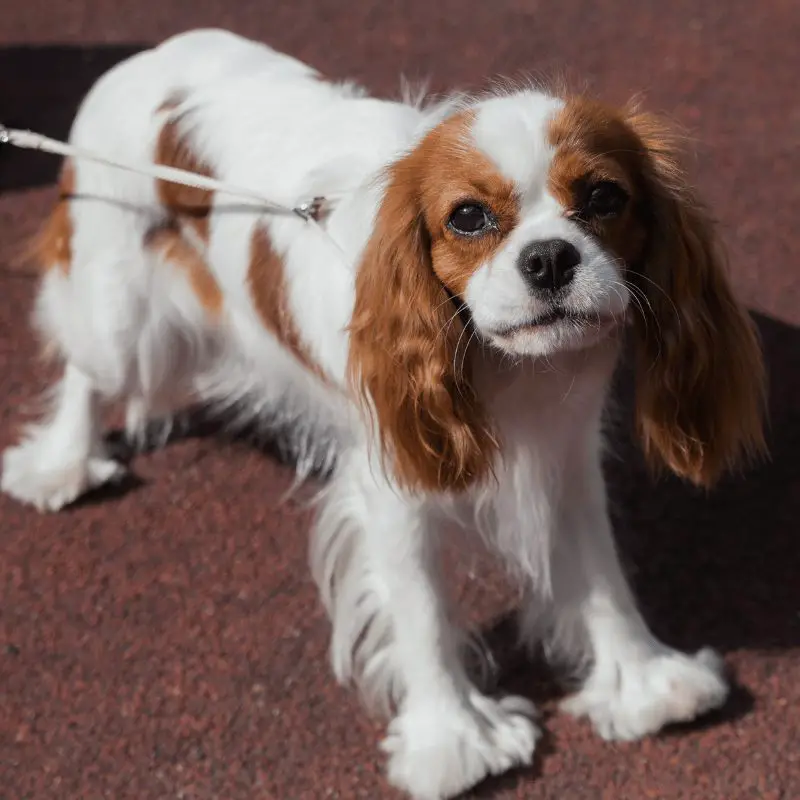
Cavalier King Charles Spaniels can live up to 12 years. This breed originated in England and was bred as a companion dog for royalty. They are known for their affectionate personalities and love to be around people.
6. Beagle

This breed originated in England and was bred for hunting small game, specifically rabbits. They are known for their curious nature and love to explore their surroundings. Beagles can live up to 15 years.
7. Dachshund
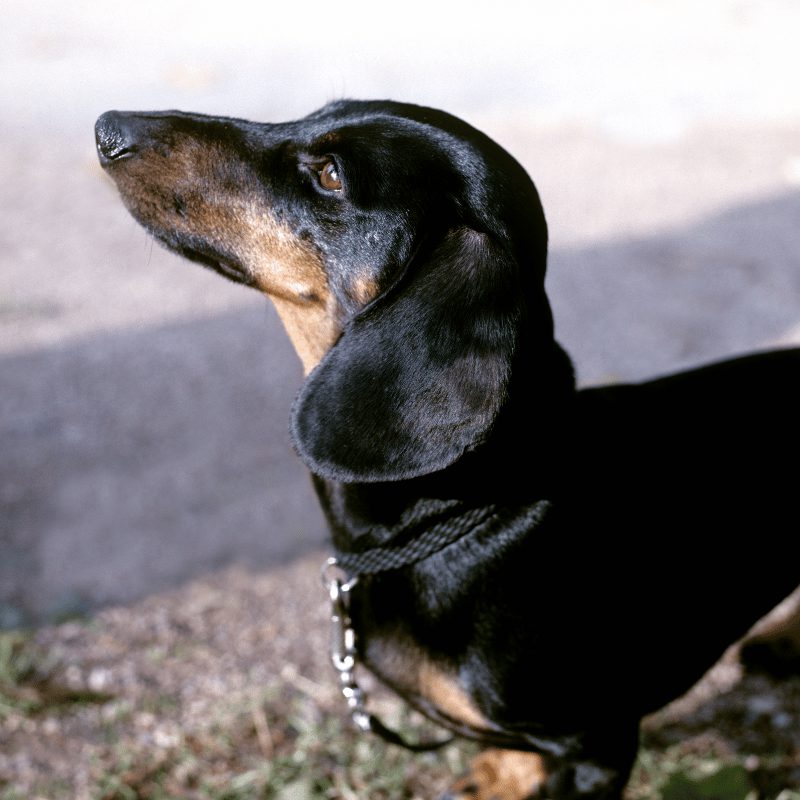
This breed originated in Germany and was bred for hunting badgers. They are known for their long bodies and short legs, making them great for digging and digging into small spaces. Dachshunds can live up to 16 years.
8. Bassugg
This breed is a mix between a Basset Hound and a Pug. They are known for their floppy ears and affectionate personalities. Bassuggs can live up to 12 years.
9. Labradoodle

This breed is a mix between a Labrador Retriever and a Poodle. They are known for their hypoallergenic coats and friendly personalities. Labradoodles can live up to 15 years.
10. Afghan Hound
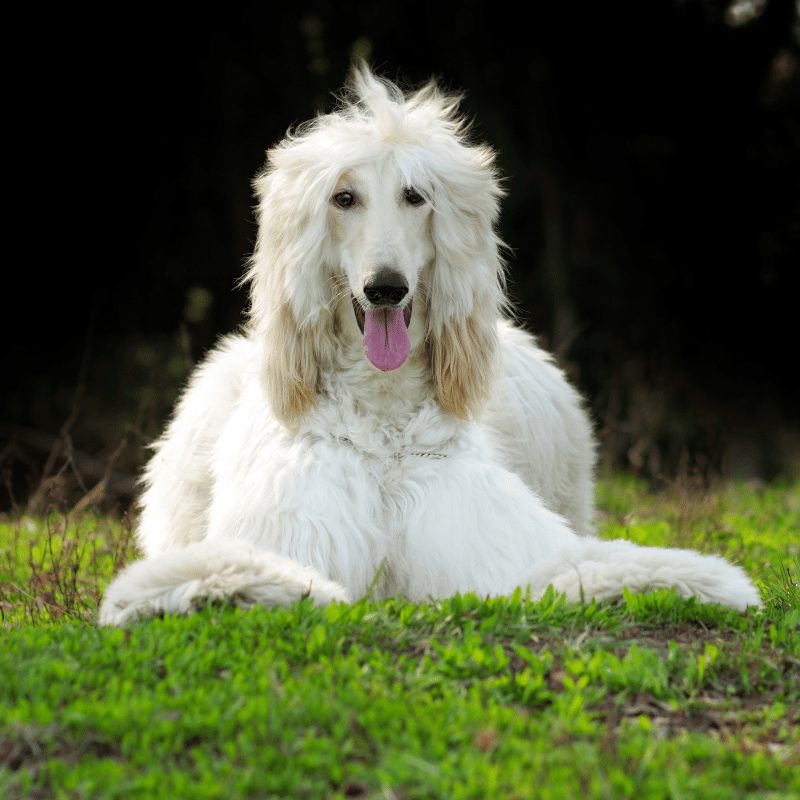
This breed originated in Afghanistan and was bred for hunting large game such as deer and wolves. They are known for their long, silky hair and regal appearance. Afghan Hounds have a reserved personalities and can be independent. They can live up to 14 years.
11. Weimaraner
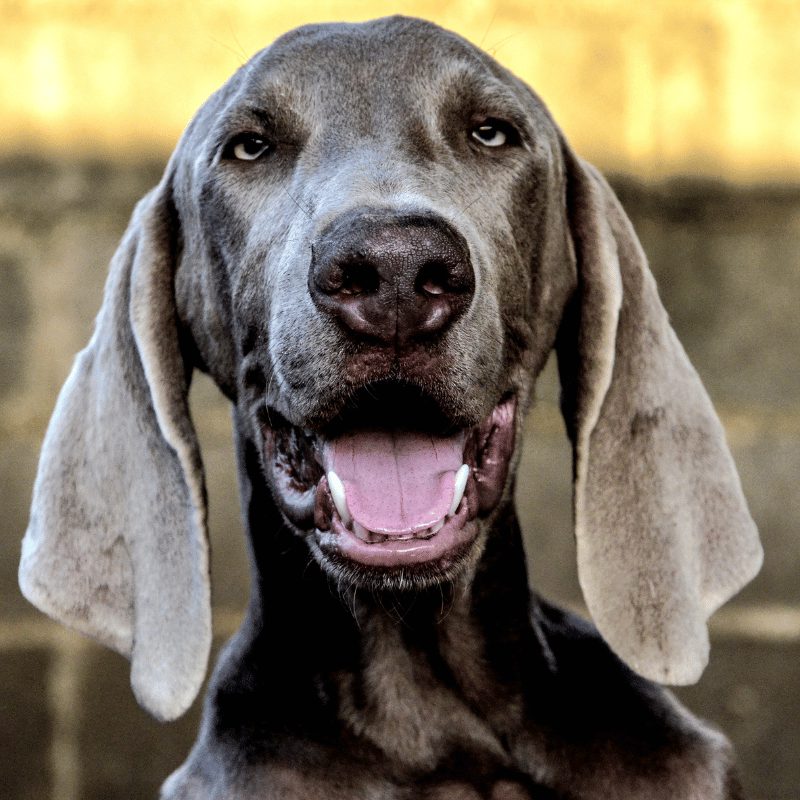
This breed originated in Germany and was bred for hunting large game such as deer and boar. They are known for their sleek, silver-grey coat and high energy levels. Weimaraners are intelligent and loyal but can be stubborn at times. They can live up to 12 years.
12. Golden Retriever
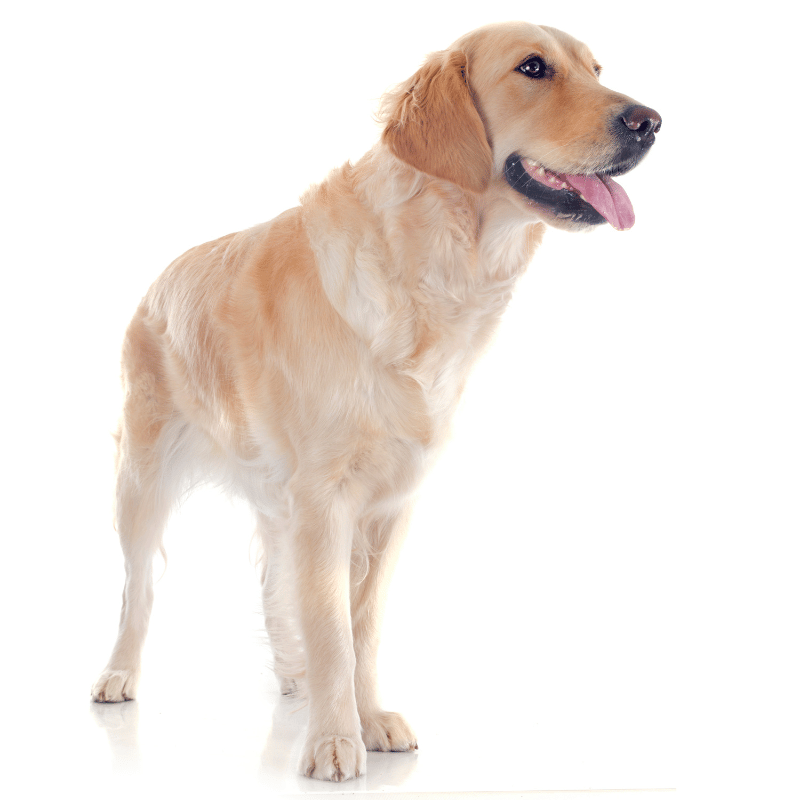
This breed originated in Scotland and was bred for retrieving game birds. They are known for their friendly personalities and love of people. Golden Retrievers are highly trainable and make great family pets. They can live up to 12 years.
13. Shih Tzu
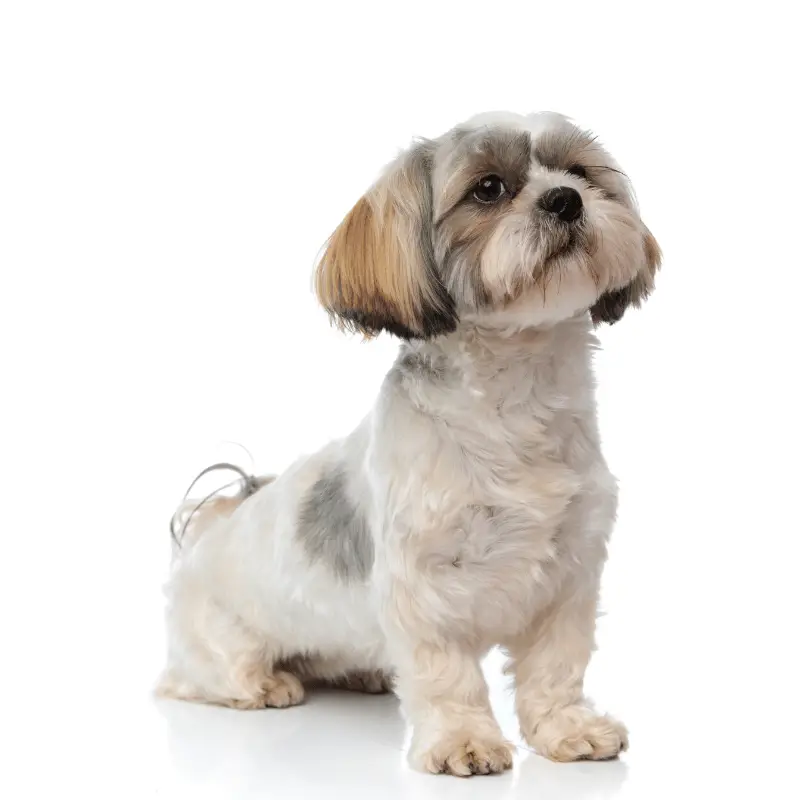
This breed originated in China and was bred as a companion dog for royalty. They are known for their long, flowing, fluffy hair and affectionate personalities. Shih Tzus can be stubborn at times but are generally easy to train. They can live up to 16 years.
14. Bernese Mountain Dog
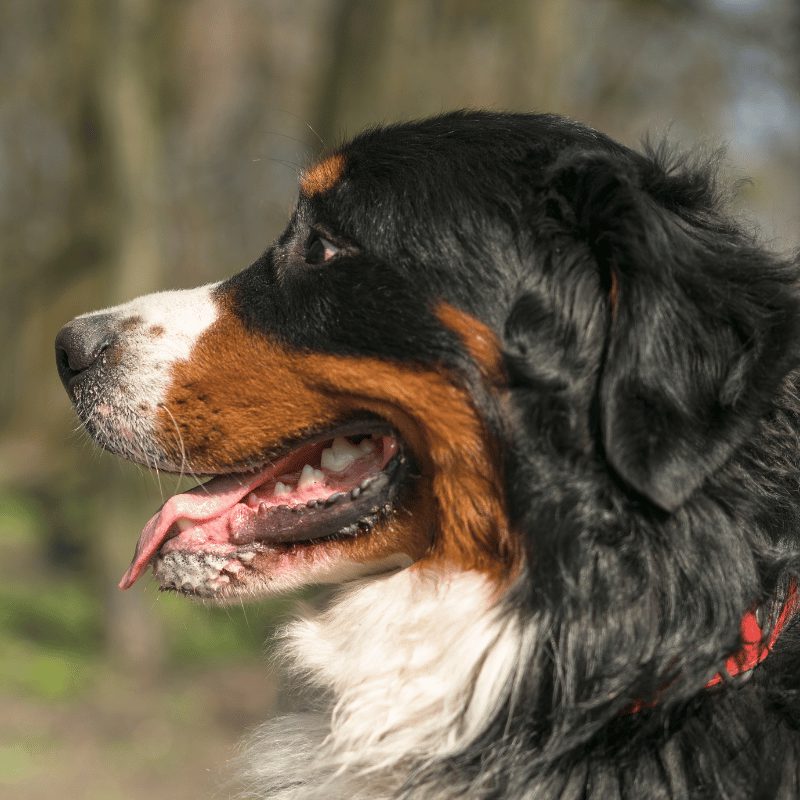
This breed originated in Switzerland and was used as a working dog on farms. They are known for their large size and gentle personalities. Bernese Mountain Dogs are loyal and affectionate towards their families but can be reserved with strangers. They can live up to 8 years.
15. German Shorthaired Pointer
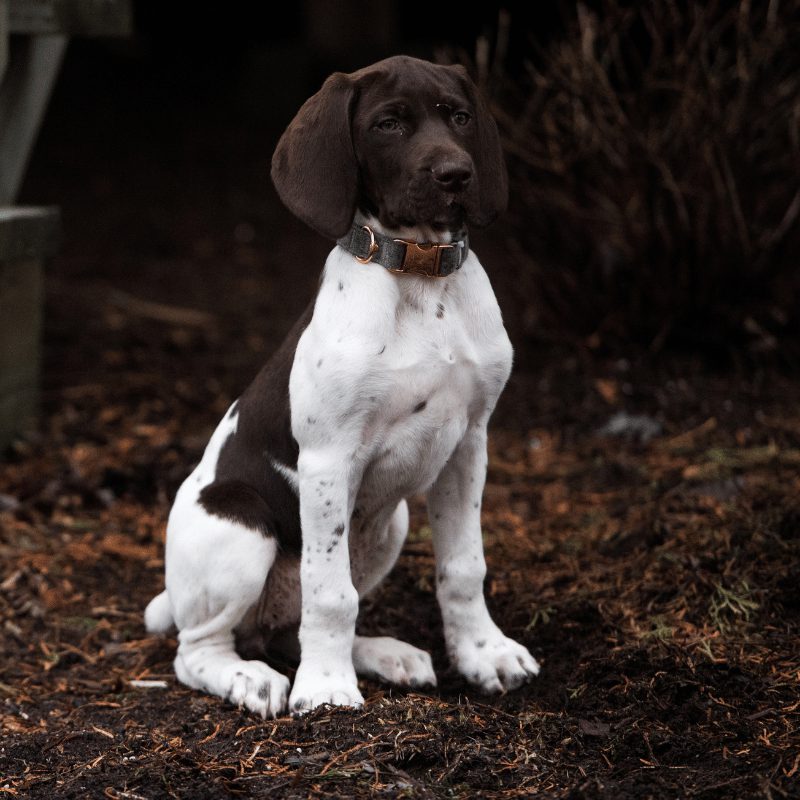
German Shorthaired Pointers make great hunting dogs as well as family pets. This breed originated in Germany and was bred for hunting birds and small game. They are known for their high energy levels and intelligence. They can live up to 14 years.
16. Vizsla
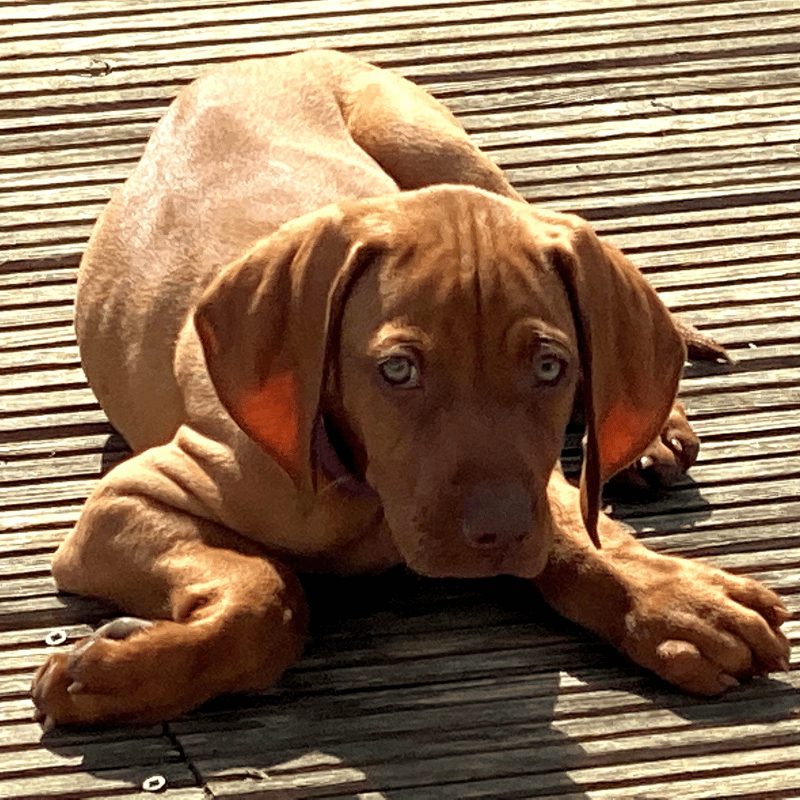
This breed originated in Hungary and was bred for hunting birds and small game. They are known for their reddish-gold coat and affectionate personalities. Vizslas are highly trainable and make great family pets. They can live up to 14 years.
17. Boxer
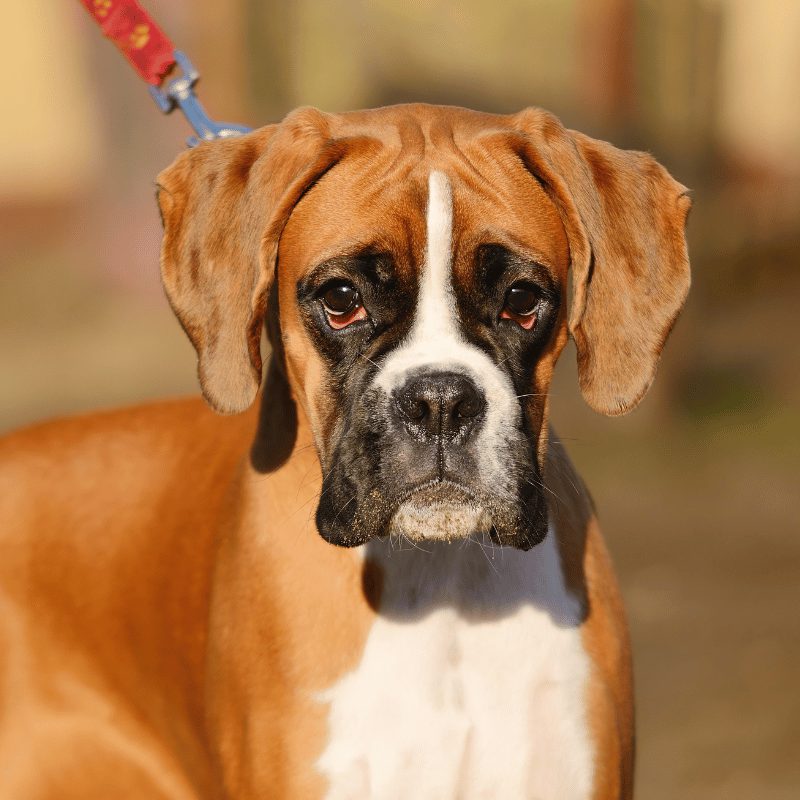
This breed originated in Germany and was used as a guard dog. They are known for their muscular build and playful personalities. Boxers are loyal and protective of their families but can sometimes be stubborn. They can live up to 12 years.
18. Irish Setter

This breed originated in Ireland and was bred for hunting birds. They are known for their beautiful red coat and friendly personalities. Irish Setters are highly energetic and require lots of exercises. They can live up to 12 years.
Unravelling the Mystery of Floppy Dog Ears: Understanding the Genetics and Evolutionary Factors
Dogs have floppy ears because of a genetic mutation that occurred during their domestication process. The mutation caused the muscles that control the ear cartilage to weaken, making the ears unable to stand upright. This trait is more common in some breeds than others, and it is believed that floppy ears may have provided some advantages for dogs, such as better hearing and communication with humans. Additionally, humans may have selected floppy ears for aesthetic reasons.
Tips for Caring for Your Dog’s Floppy Ears During Bath Time, General Cleaning, and Walks
Bathtime: When bathing your dog, avoid getting water in their ears. Floppy ears can trap moisture and lead to ear infections. You can use cotton balls to gently plug their ears or a shower cap to cover their head.
General cleaning:
- Regularly clean your dog’s ears with a gentle dog ear cleaner.
- Use a cotton ball or soft cloth to remove dirt or debris.
- Avoid using Q-tips as they can push debris further into the ear canal.
On walks: If your dog loves swimming or playing in the water, dry their ears thoroughly afterwards. You can use a towel or hair dryer on low heat to remove moisture. Also, be mindful of plants or grasses that irritate your dog’s ears and cause itching or infection.
Check for signs of infection: Keep an eye out for any signs of ear infection, such as redness, swelling, discharge, or foul odour. If you notice these symptoms, take your dog to the vet.
Remember, every dog is different and may require different levels of ear care. Consult your vet for specific recommendations on how to care for your dog’s floppy ears.
Advantages and Disadvantages of Floppy Ears in Dogs
Advantages:
- Floppy ears can enhance a dog’s cuteness and appeal to humans.
- They can help to protect the dog’s ears from dirt, debris, and insects.
- They can help to regulate the dog’s body temperature by allowing heat to escape through the ears.
- They can help to reduce wind resistance when the dog is running or moving quickly.
Disadvantages:
- Floppy ears can be more prone to infections and ear problems due to reduced air circulation.
- They can make it harder for dogs to hear and locate sounds, especially if the ears are long and heavy.
- Floppy ears can trap moisture and lead to a foul odour or discharge.
- They can be more challenging to clean and maintain compared to upright ears.
The Impact of Floppy Ears on a Dog’s Hearing and Sense of Smell
Floppy ears can affect a dog’s hearing and sense of smell differently.
Hearing: Floppy ears can sometimes block the ear canal, reducing a dog’s ability to hear high-pitched sounds or sounds from a distance. This is because the ear flap can muffle or absorb sound waves before reaching the ear canal. However, this is only sometimes the case, and some dogs with floppy ears have excellent hearing.
Sense of smell: A dog’s sense of smell is not affected by floppy ears as much as their hearing. Some breeds with floppy ears, such as Basset Hounds and Bloodhounds, are known for their exceptional sense of smell. The shape of the nose and the number of scent receptors in a dog’s nose are more essential factors in determining their sense of smell than the shape of their ears.
Health Risks of Floppy Ears in Dogs
Floppy ears in dogs can lead to several health issues, including:
Ear infections: Floppy ears can trap moisture and debris, leading to the growth of bacteria and yeast, which can cause ear infections.
Allergies: Dogs with floppy ears are more prone to allergies, which can cause itching and inflammation in the ears.
Hematomas: Floppy ears can also lead to the development of hematomas, which are pockets of blood that form under the skin of the ear flap.
Ear mites: Dogs with floppy ears are more susceptible to ear mites, which can cause itching, inflammation, and infection.
Hearing loss: In some cases, floppy ears can lead to hearing loss, especially if there is a wax or debris buildup in the ear canal.
Floppy Ears FAQs
The Basset Hound breed has the longest floppy ears.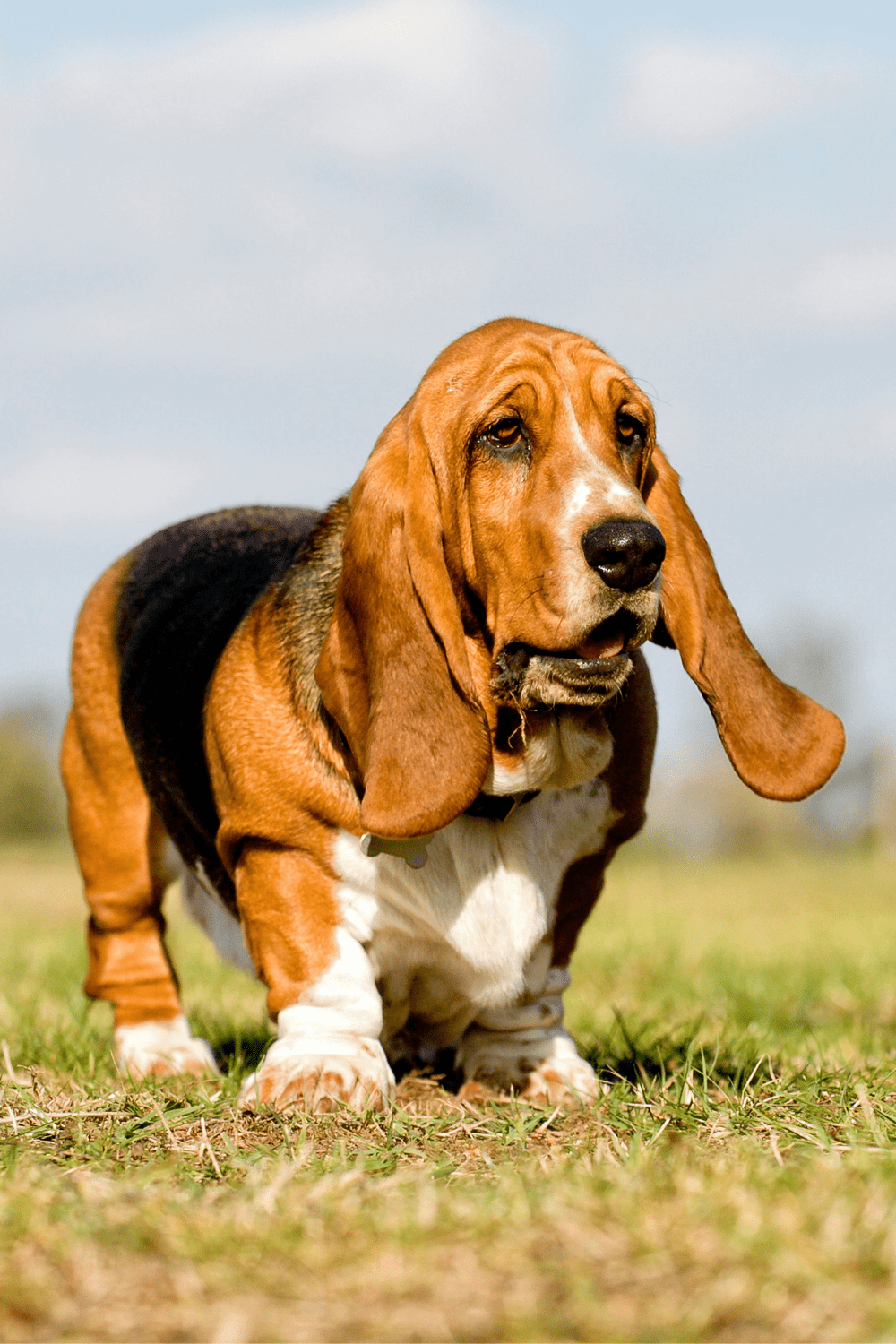
The gene responsible for floppy ears in dogs is the PAX3 gene. This gene controls the development of specific muscles and tissues in the head and face, including those that shape the ears. In dogs with floppy ears, a mutation in the PAX3 gene causes the ear cartilage to be softer and more flexible, which leads to the characteristic drooping appearance.
